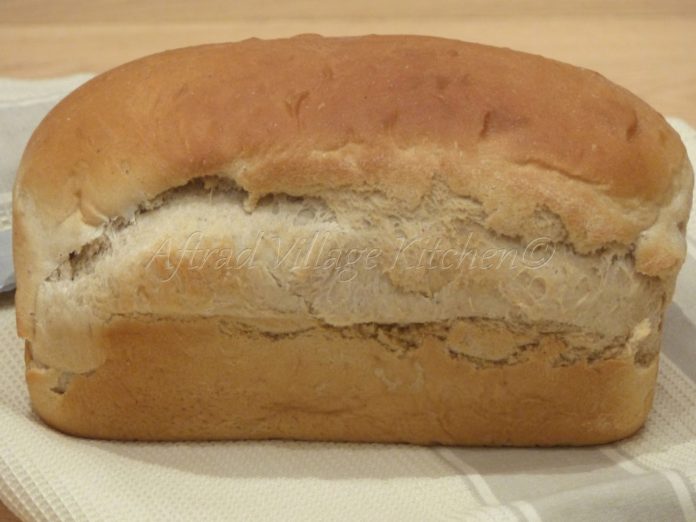Bread has been a staple food around the world particularly in Ghana. People continue to consume it because of its convenience, portability, nutrition, and taste.
There are many different types of bread, which people make in different ways, using a variety of ingredients. Examples include whole-grain bread, sweetened bread, cornbread, leavened and unleavened bread, flatbread, sourdough, sprouted grain bread, soda bread, and many more.
Some types of bread are more nutritious than others, but how do people make a healthful choice?
This morning we look at some aspects of bread that may make one type of bread more or less healthful than another.
Carbohydrate in bread: Good or bad?
The carbohydrates in bread provide the body with fuel.
Carbohydrates are the primary nutrient in bread. Carbohydrates provide the body with fuel.
Fruits, vegetables, beans, and minimally processed grains contain the most healthful dietary sources of carbohydrates. These foods also provide vitamins, minerals, fiber, and antioxidants.
People make packaged and presliced white bread from a highly processed, simple carbohydrate. It is quick and easy to digest but has little nutritional value.
Foods made from highly processed grains cause blood sugar to spike soon after eating. Frequent blood sugar spikes can eventually contribute to the development of type 2 diabetes.
Processed carbohydrates also lack fiber. As a result, a person will not feel full after eating them. They will crave more food again soon after, especially when the blood sugar drops.
When manufacturers process foods, it often results in the loss of nutrients. The producers often add vitamins and minerals to white bread to replace these missing nutrients. However, they cannot replace the fiber, which is essential for digestive and cardiovascular health.
A high intake of simple carbohydrates, such as premade white bread, can lead to weight gain and a higher risk for diabetes, heart disease, and other lifestyle-related chronic conditions.
When is bread not healthful?
The highly processed flour and additives in white, packaged bread can make it unhealthful. Consuming too much white bread can contribute to obesity, heart disease, and diabetes.
Preservatives may help bread stay fresh for longer, but people can store fresh bread that contains fewer preservatives in the refrigerator or freezer to maintain freshness.
Many types of bread contain added sugars or sugar substitutes. People should avoid those with corn syrup or any that contain ingredients ending in “-ose” listed at the beginning of the ingredient list because these are all sugars. Examples include sucrose, glucose, and fructose.
Good bread choices.
Bread made with sprouted grains is a good option. When a grain is sprouted, its nutrients become easier to digest and more available to the body for use. It can be a better source of protein, fiber, vitamin C, folate, and other nutrients.
Wheat bread is a type of high fiber bread made with only sprouted grains. People should keep sprouted grain bread in the refrigerator when preserving it.








